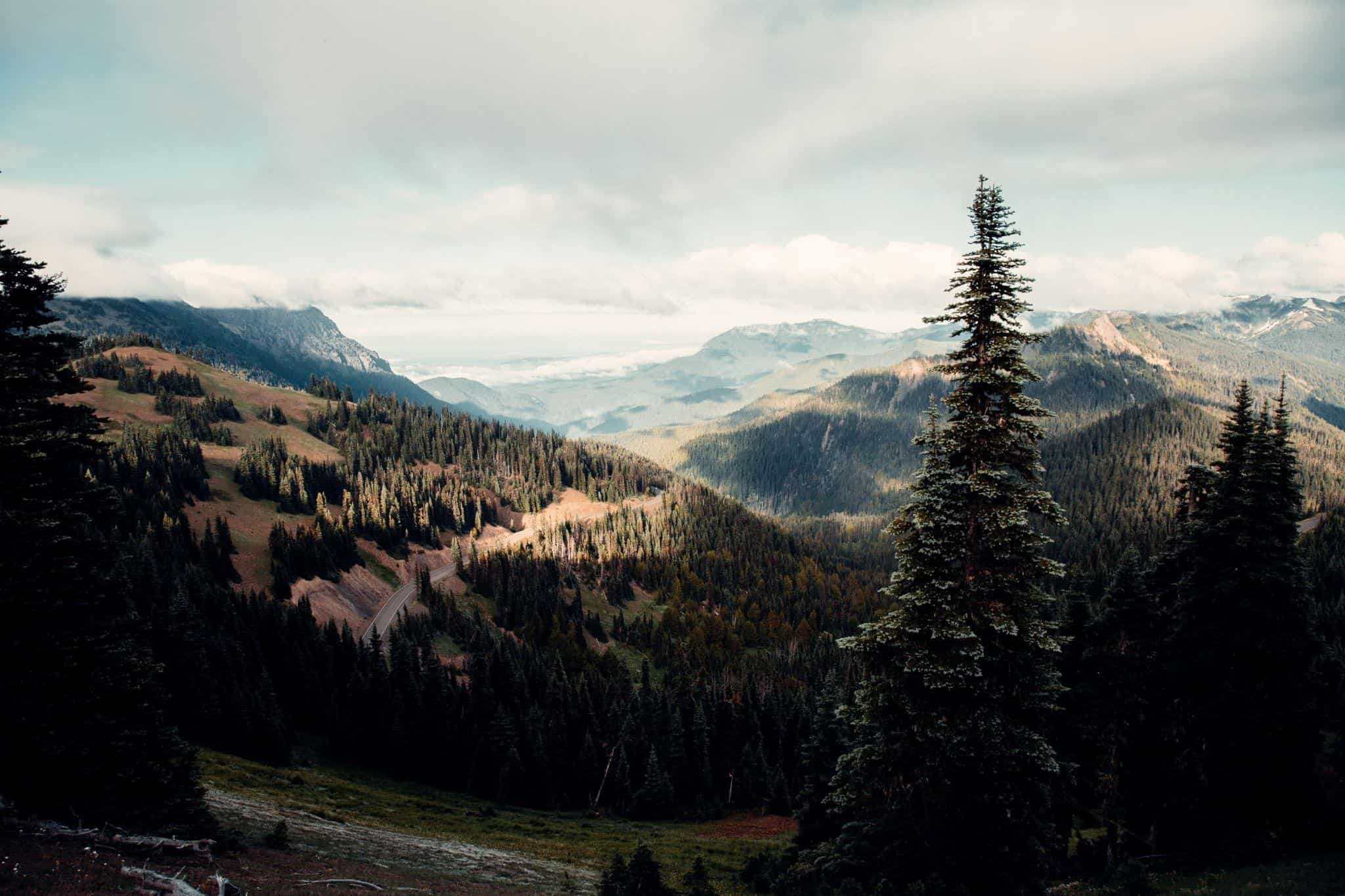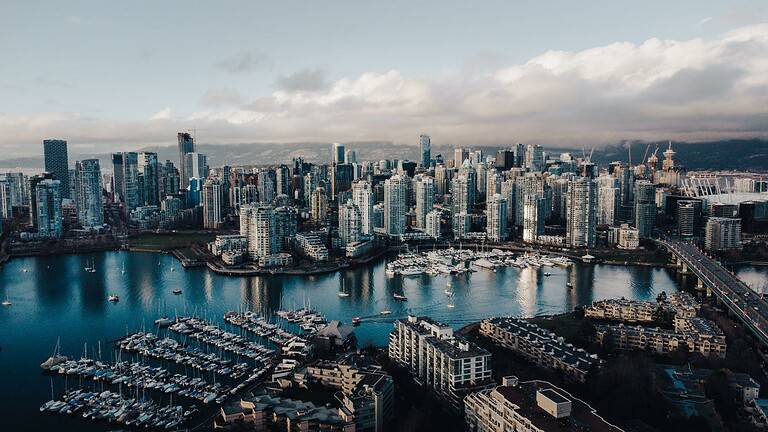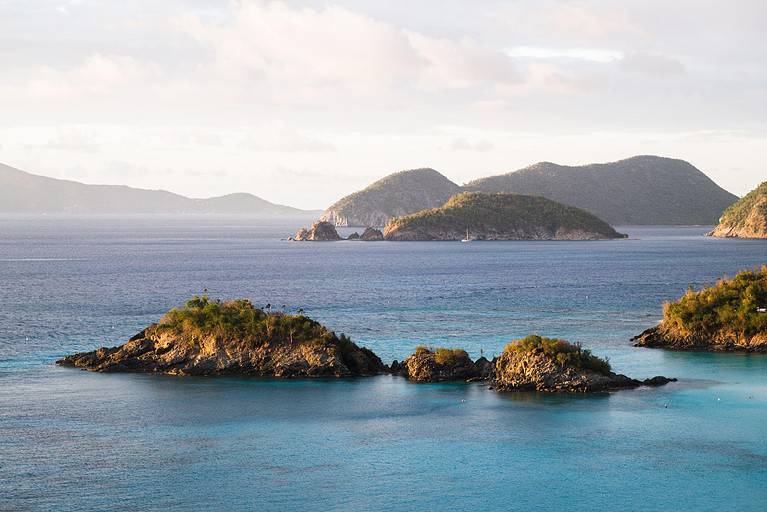The Best Time to Visit Olympic National Park

Olympic National Park is at the edge of the United States and is a secluded peninsula bordering the Pacific Ocean. The park hosts every geological feature imaginable, including forests, mountains, and beaches. Olympic National Park is 1,442 mi² or 3,742 km² and gets around 3 million visitors per year. The park hosts almost 1,500 species of plants and almost 250 mountains, some peaking at over 7,000 feet or 2,100 meters. All of this makes Olympic National Park an absolute must if you are in the Seattle area as the park is only a 1.5-hour boat ride away.
What Makes Olympic National Park so Special
Olympic National Park has been a UNESCO World Heritage Centre since 1981 and for good reason. The park is home to 39 hiking trails, the longest one being 31 miles. These trails weave through the mountains and forests providing stunning views throughout. Hole in the Wall trail is a notable trail as it goes through stunning cliffs and runs parallel to the pacific ocean. Another notable trail is Mount Storm King trail as it runs up a mountain giving stunning views at the top. If hiking is not your thing, a drive through the Hoh Rain Forest is an unforgettable experience, you can also check out their visitors center while you’re there. Rialto Beach is also another fantastic option, the views are amazing and the beach is pretty empty. Lastly, coming here in winter does not disappoint as Hurricane Ridge Ski & Snowboard Area gives you a chance to ski/snowboard inside Olympic National Park. Though I’d recommend reading about Whistler before making any final decisions.
When is the Best Time to Visit Olympic National Park?

Now that you know what to do in Olympic National Park, it’s time to see when to go. There’s no right answer to this question, the decision really depends on you. Each season has its pros and cons, we’ll evaluate all of them so that you can make an educated decision. Let’s get right into it!
Temperature
Looking at Olympic National Parks’ geographical location, you can quickly notice a lot. The most obvious one is that the park is located at the northern edge of the United States. Temperatures here are cold for most of the year, with moderate temperatures in the summer. Also, keep in mind that these numbers can greatly vary depending on your altitude. So if you’re at Rialto Beach, you’ll probably experience much warmer temperatures than if you were on Mount Storm King. With that in mind, let’s get into the data.
January: Average high of 46°F, low of 41°F
February: Average high of 45°F, low of 39°F
March: Average high of 47°F, low of 40°F
April: Average high of 51°F, low of 43°F
May: Average high of 56°F, low of 47°F
June: Average high of 59°F, low of 50°F
July: Average high of 63°F, low of 53°F
August: Average high of 64°F, low of 54°F
September: Average high of 62°F, low of 53°F
October: Average high of 56°F, low of 49°F
November: Average high of 49°F, low of 44°F
December: Average high of 45°F, low of 40°F

Rain/Snow
Rain and snow are big factors in Olympic National Park; the lower elevations of the park get between 100-140 inches of rain per year, around 4x the national average. The mountains get snow through much of the year, the tallest mountain keeps its snow for the entire year. Hurricane Ridge, a 5,000-foot or 1,500-meter mountain peak, receives up to 35 feet of snow per year. Rain and snow are what makes this place so green, the downside is that you’ll have plenty of wet days in every season. Some months have more rain and snow than others, let’s detail this with the data.
January: Average precipitation of 10.7 inches
February: Average precipitation of 6.7 inches
March: Average precipitation of 8.7 inches
April: Average precipitation of 5.6 inches
May: Average precipitation of 3.0 inches
June: Average precipitation of 1.9 inches
July: Average precipitation of 0.7 inches
August: Average precipitation of 1.1 inches
September: Average precipitation of 4.0 inches
October: Average precipitation of 8.4 inches
November: Average precipitation of 12.5 inches
December: Average precipitation of 10.9 inches

It’s easy to see that summer is not only warmer but also receives less precipitation. Keep in mind that much of the precipitation in winter is snow while summer receives mainly rain. Weather isn’t the only factor when talking about the best time to visit so let’s turn our attention to other factors.
Crowd

Because of the weather, summer tends to be the most crowded time of year. Roads, parking lots, and hiking trails are all busier at this time of year. Most of the park is still quite empty but the touristy parts can get quite packed. A good way to bypass the crowds is to avoid weekends or get to the park early. Crowds typically aren’t a problem otherwise, as the park is so big. The ski slopes can get popular in winter but are not overcrowded, so it shouldn’t be a problem. With crowds out of the way, let’s get to events!
Events
Unlike Big Bend National Park, Olympic National Park has most of its events in summer, and few in winter. For perspective, events are weekly in winter and daily in summer. Events include camping, telescope watching, group hikes, and even group lessons. Seasonal activities can also be grouped into this category. Boating is a summer activity as it’s too cold to be on the water at any other time of the year. Camping is also another summer activity as it’s unpleasantly cold otherwise. Hiking is limited in winter as snow covers much of the trails. The plus to this is that the ski/snowboarding slopes are open in winter providing lots of fun. The last seasonal activity is the beach, the beach isn’t too pleasant in the colder months.
Summary

Hopefully, this answered the question of when to visit Olympic National Park. I’m sure you’ll have a lot of fun in whichever season you choose. This was the Going Locations guide to the best time to visit Olympic National Park, I wish you a fantastic trip!
Going Locations on Instagram







